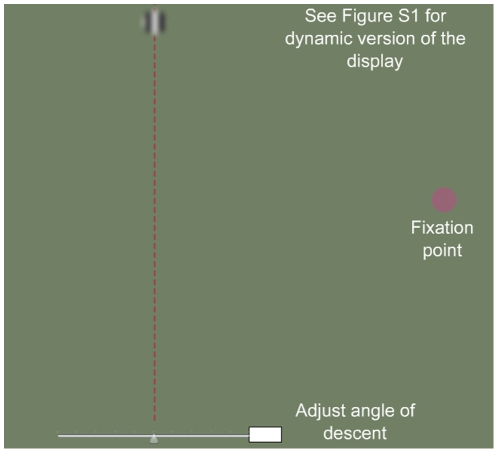Figure 1. The curveball illusion (see Figure S1 for an interactive version of the illusion).
A disk descends vertically from the top of the screen to the bottom. The inside of the disk consists of a sinusoidal grating that drifts horizontally from right to left. If the observer tracks the disk in central vision, the disk appears to descend vertically. If the observer tracks the disk in the periphery (i.e., if the observer looks to the right but attends to the motion of the disk), the disk appears to descend obliquely to the left. The effect can be made more dramatic if the observer shifts his/her gaze in the middle of the disk's descent, so that the object moves from the periphery to the fovea (or vice versa); this gaze shift creates a perceptual “jump” in which the direction of the disk snaps from an oblique descent to a vertical descent (periphery to fovea) or from a vertical descent to an oblique descent (fovea to periphery).

